Sangli Tourism
Search related to Maharashtra Tourism

Sangli is a city located in the western Indian state of Maharashtra. It is situated on the banks of the River Krishna and is approximately 225 kilometers away from the city of Pune. The city covers an area of 118.77 square kilometers and has a population of around 6 lakh people. Sangli is known for its rich cultural heritage, beautiful temples, historical monuments, and scenic beauty. In this article, we will explore Sangli in detail.
History of Sangli
The history of Sangli dates back to the 12th century when it was known as "Saha Galli" which means "sixteen villages". It was ruled by different dynasties such as the Yadavas, Bahamanis, Adil Shahis, and Marathas. During the Maratha rule, Sangli was a major center of trade and commerce. In 1948, after India gained independence, Sangli became a part of the newly formed state of Maharashtra.
Geography and Climate
Sangli is located at an altitude of 540 meters above sea level. It is situated on the Deccan Plateau, which is known for its flat terrain and rich agricultural land. The city experiences a semi-arid climate, with hot summers and mild winters. The monsoon season, which lasts from June to September, brings in heavy rainfall.
Demographics
Sangli has a diverse population, with people from various communities and religions living together in harmony. The majority of the population is Hindu, followed by Muslims, Christians, and Jains. Marathi is the official language of the city, but Hindi and English are also widely spoken.
Economy
Sangli is an important center of trade and commerce in Maharashtra. It is known for its agriculture and horticulture, and is one of the largest producers of grapes in the country. Other major crops grown in the region include sugarcane, wheat, cotton, and soybean. The city also has a thriving industrial sector, with businesses engaged in manufacturing, engineering, and textiles.
Tourism
Sangli is a popular tourist destination, known for its beautiful temples, historical monuments, and scenic beauty. Some of the major tourist attractions in the city include:
- Sangli Ganpati Temple - The Sangli Ganpati Temple is a popular temple dedicated to Lord Ganesh. It is known for its beautiful architecture and is a major pilgrimage site for Hindus.
- Jyotiba Temple - The Jyotiba Temple is a famous temple dedicated to Lord Jyotiba, a form of Lord Shiva. It is located atop a hill and offers a panoramic view of the surrounding landscape.
- Gokak Falls - The Gokak Falls are located near the city of Sangli and are a major tourist attraction. The falls are formed by the River Ghataprabha and offer a breathtaking view of the cascading water.
- Dandoba Hills Forest Reserve - The Dandoba Hills Forest Reserve is a beautiful forest reserve located near the city. It is known for its rich flora and fauna and is a popular destination for nature lovers and wildlife enthusiasts.
- Sangli Fort - The Sangli Fort is a historical monument located in the heart of the city. It was built by the Maratha ruler Shivaji and is a major attraction for history buffs.
- Kundalini Lake - The Kundalini Lake is a scenic lake located on the outskirts of the city. It is a popular picnic spot and is known for its peaceful surroundings.
Culture and Festivals
Sangli is known for its rich cultural heritage and is a melting pot of various cultures and traditions. The city celebrates several festivals throughout the year, including Diwali, Holi, Ganesh Chaturth etc.
- State :
- Maharashtra
How to Reach Sangli
Complete List of Tehsils in Sangli District, Maharashtra
| S.No | Tehsil / Taluk Name | District Name | State Name |
|---|---|---|---|
| 1 | Atpadi | Sangli | Maharashtra |
| 2 | Jat | Sangli | Maharashtra |
| 3 | Jath | Sangli | Maharashtra |
| 4 | K Mahankal | Sangli | Maharashtra |
| 5 | K Mhankal | Sangli | Maharashtra |
| 6 | K. Mahankal | Sangli | Maharashtra |
| 7 | Kadegaon | Sangli | Maharashtra |
| 8 | Kahanapur | Sangli | Maharashtra |
| 9 | Kahanpur | Sangli | Maharashtra |
| 10 | Kavathe Mahankal | Sangli | Maharashtra |
| 11 | Kavthe Mahankal | Sangli | Maharashtra |
| 12 | Khanapur | Sangli | Maharashtra |
| 13 | Khnapur | Sangli | Maharashtra |
| 14 | Miraj | Sangli | Maharashtra |
| 15 | Palus | Sangli | Maharashtra |
| 16 | Shiala | Sangli | Maharashtra |
| 17 | Shirala | Sangli | Maharashtra |
| 18 | Tasgaon | Sangli | Maharashtra |
| 19 | Valva | Sangli | Maharashtra |
| 20 | Walva | Sangli | Maharashtra |
Discover Exciting Places to Visit in Agra, Uttar Pradesh - Your Ultimate Travel Guide
Are you ready to explore the wonders of Agra, Uttar Pradesh? From the majestic Taj Mahal to hidden gems waiting to be discovered, our travel guide unveils the most captivating
Explore Exciting Places to Visit in Mumbai, Maharashtra - Your Ultimate Travel Guide
Ready for an adventure? Mumbai, in the beautiful state of Maharashtra, is packed with amazing places waiting to be explored! From iconic landmarks to hidden gems, Mumbai has something for
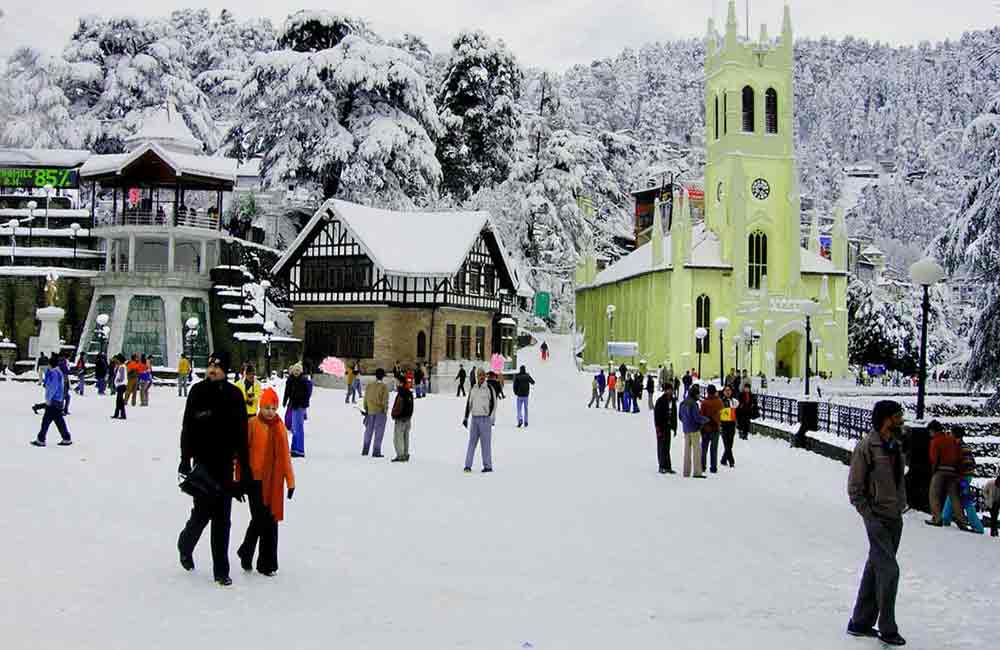
Explore the Wonderful Places to Visit in Manali, Himachal Pradesh - Your Ultimate Guide!
Ready for an exciting adventure? Discover the places to visit in Manali, Himachal Pradesh! From snowy mountains to lush valleys, there's something for everyone. Plan your trip now and explore
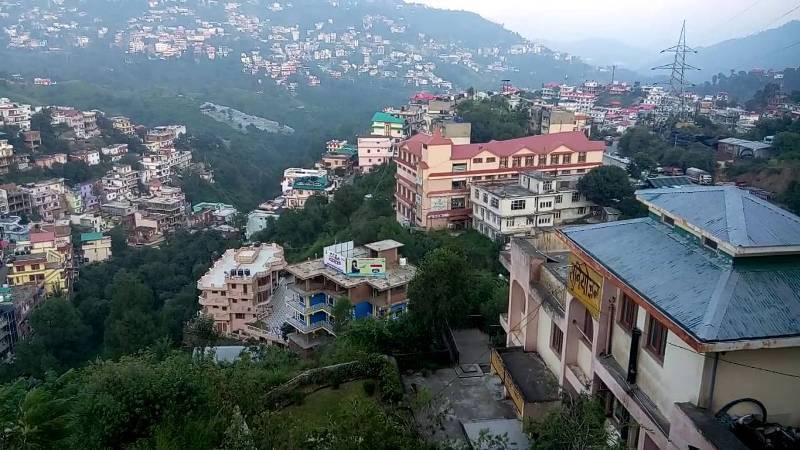
Places to Visit in Solan Himachal Pradesh - Explore the Best Tourist Spots
Discover the enchanting beauty of Solan Himachal Pradesh by exploring its myriad tourist spots. Whether you're seeking adventure or tranquility, Solan has something for everyone. From lush green valleys to
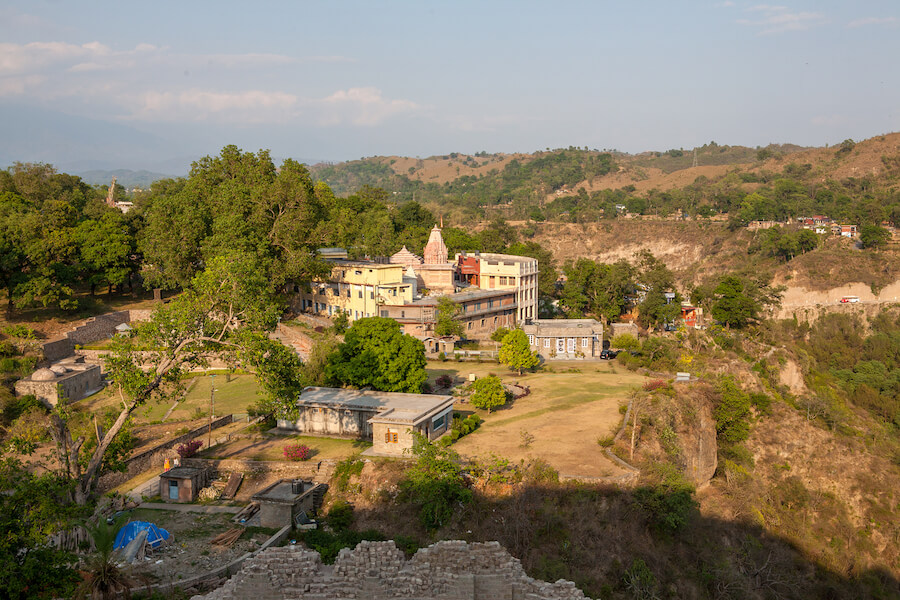
Discover the Best Places to Visit in Kangra, Himachal Pradesh: A Traveler's Guide
Ready for an exciting journey? Kangra, Himachal Pradesh welcomes you with open arms! Explore ancient temples, lush landscapes, and more in this enchanting valley. Let's uncover the best places to
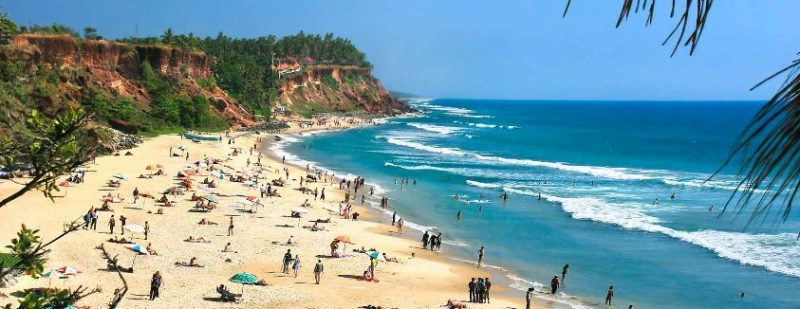
Explore Incredible Places to Visit in Varkala, Kerala: A Guide
Are you ready for an adventure? Varkala in Kerala is waiting for you! Discover the magic of this beautiful place with our guide to the best places to visit. From
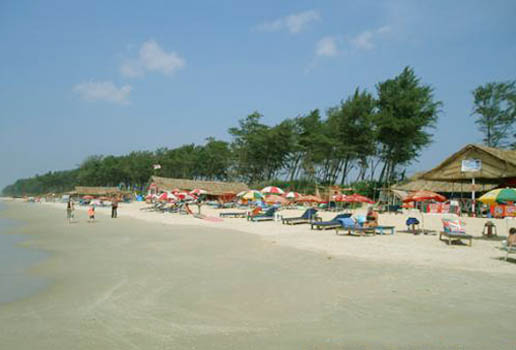
Explore Panaji, Goa: Discover the Best Places to Visit in the City
Ready for an adventure? Panaji, located in Goa, is packed with exciting places to visit. From ancient forts to picturesque beaches, there's never a dull moment in this lively city.
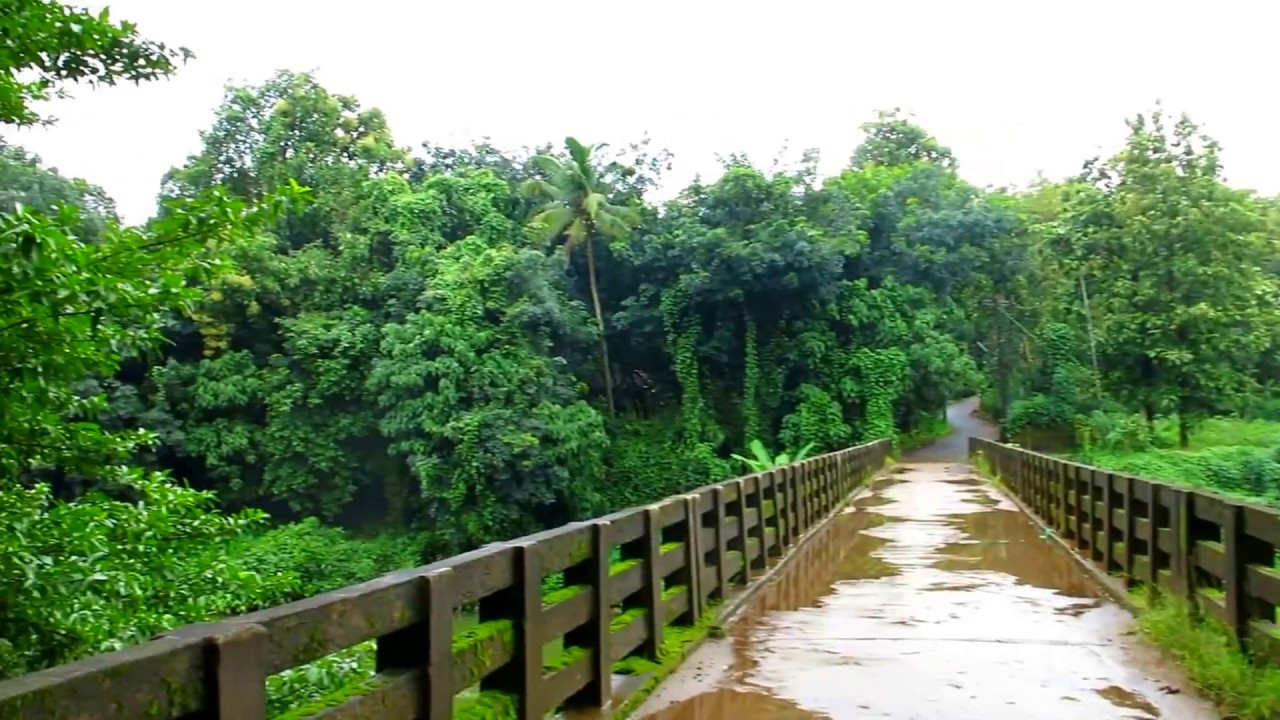
Explore the Best Places to Visit in Thrissur, Kerala – A Perfect Guide for Your Next Adventure!
Are you ready to explore Thrissur, Kerala? Get ready for an exciting journey through this vibrant city! Discover its rich history, stunning landmarks, and fascinating culture. With our guide to
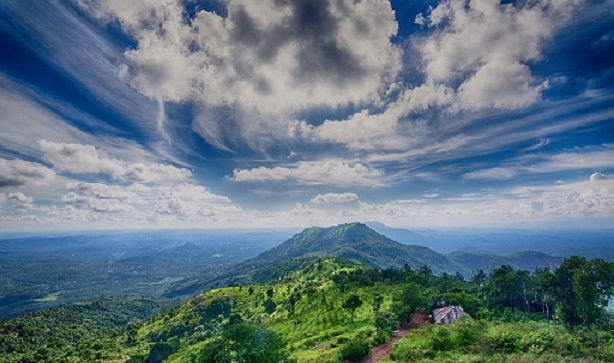
Explore the Best Places to Visit in Malappuram, Kerala - A Traveler's Guide
Dive into the beauty of Malappuram, Kerala with our ultimate travel guide! From picturesque beaches to fascinating historical sites, explore the best places to visit in Malappuram Kerala. Whether you're
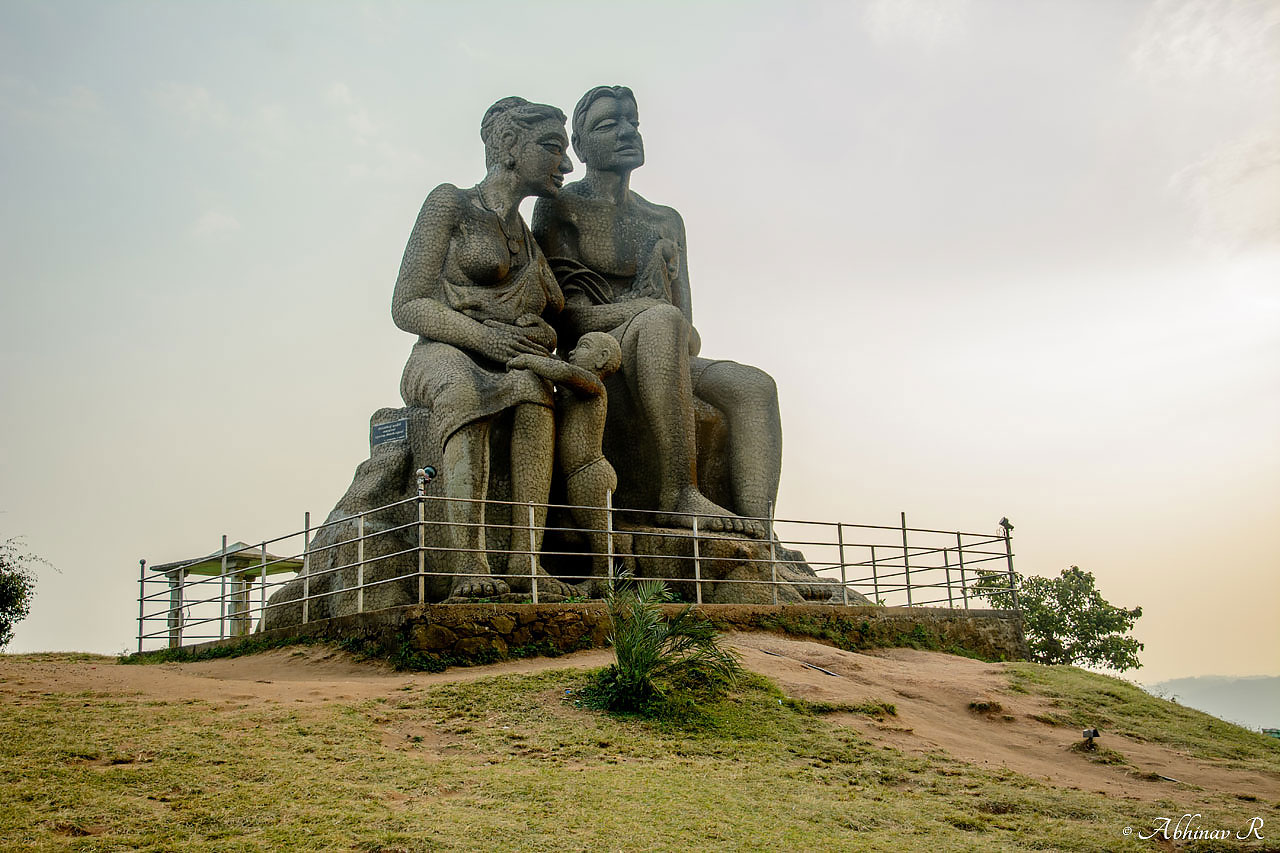
Explore the Best Places to Visit in Idukki, Kerala - A Traveler's Guide
Discover the mesmerizing beauty of Idukki, Kerala with our guide to the best places to visit. From breathtaking landscapes to serene lakes, explore the charm of this enchanting destination. Whether
- Destinations



